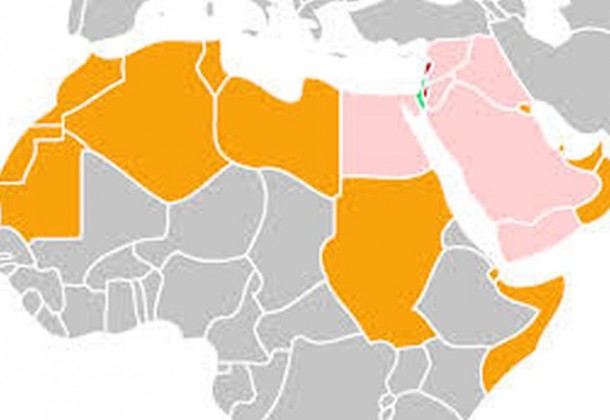Middle East Peace Stymied by Violence, Demographic Disparities

Middle East nations are being torn by forces within their borders and those shaped from without, confounding their allies’ policy makers and roiling their ability to respond effectively to the turbulence.
The discussion at this spring’s Patuxent Defense Forum was prescient in foreshadowing the recent rapid rise in insurgency in Iraq, the deteriorating situation in Syria, and the collapse of peace talks between Israel and Palestine brokered by the United States.
The threats to world stability, however, are not limited to escalating military actions or targeted violence. The threat could come in the form of an energy crisis. Twenty-one percent of the world’s natural resources transit the narrow Strait of Hormuz – a critical reason for the U.S. to remain engaged with the nations of the region, one speaker said.
The threat to stability could also arise out of the sociological issues facing the Persian and Arabian Gulf states, rendering military action ineffective, such as:
— The population is expected to increase by 40% by 2030
— That growth is occurring in countries with the highest percentage of importing food (Saudi Arabia, Qatar)
— Monarchies are more interested in their survival than introducing popularly elected governments
— There is a huge immigrant work force; elites are paid not to work and could not take over if they had to.
“It’s impossible to see how governments can control these populations in the future,” one speaker concluded.
The forum, an annual program of The Patuxent Partnership and the Center for the Study of Democracy at St. Mary’s College of Maryland, drew scholars and military experts to present a review of the Mideast’s history and discuss scenarios for its future. The rule of the forum is that the experts speak freely and openly but their comments cannot be attributed to them or the organizations they represent. The annual “big think” collaboration draws leaders in the year’s topic from the top ranks of academia, government, industry, and military decision-makers and strategists.
Peace between the Israelis and the Palestinians would go a long way toward ensuring Middle Eastern stability, one speaker said, but it has remained elusive. Indeed, since the forum much has happened to increase instability. The recent murders of Israeli teenagers and then a Palestinian youth, escalating into military action, has put negotiations out of reach for the foreseeable future.
Much discussion at the forum revolved around what type of presence the U.S. should have in the Middle East. Britain provided much of the region’s security protection for most of the 19th and 20th centuries, but after Desert Storm, the U.S replaced Britain in that role. Britain had relied on naval power backed by the threat of land forces. “Today’s posture by the U.S. doesn’t look that much different,” one speaker said. That posture is summarized by the “light footprint” coming to characterize much of the world’s engagement with the Mideast.
Distaste in the U.S. for another “boots on the ground” engagement in the Middle East and reluctance by many nations to continue hosting foreign military forces (with Iraq and Afghanistan as just the most recent examples) favor the “light footprint” approach to basing Americans abroad. With the “light footprint,” the U.S. keeps an administrative presence in an allied nation and provides foreign aid, but has no significant forces in that country and no expectation of permanently basing troops there. The footprint could be adjusted if a security threat were posed to the joint interests of that ally and the U.S.























